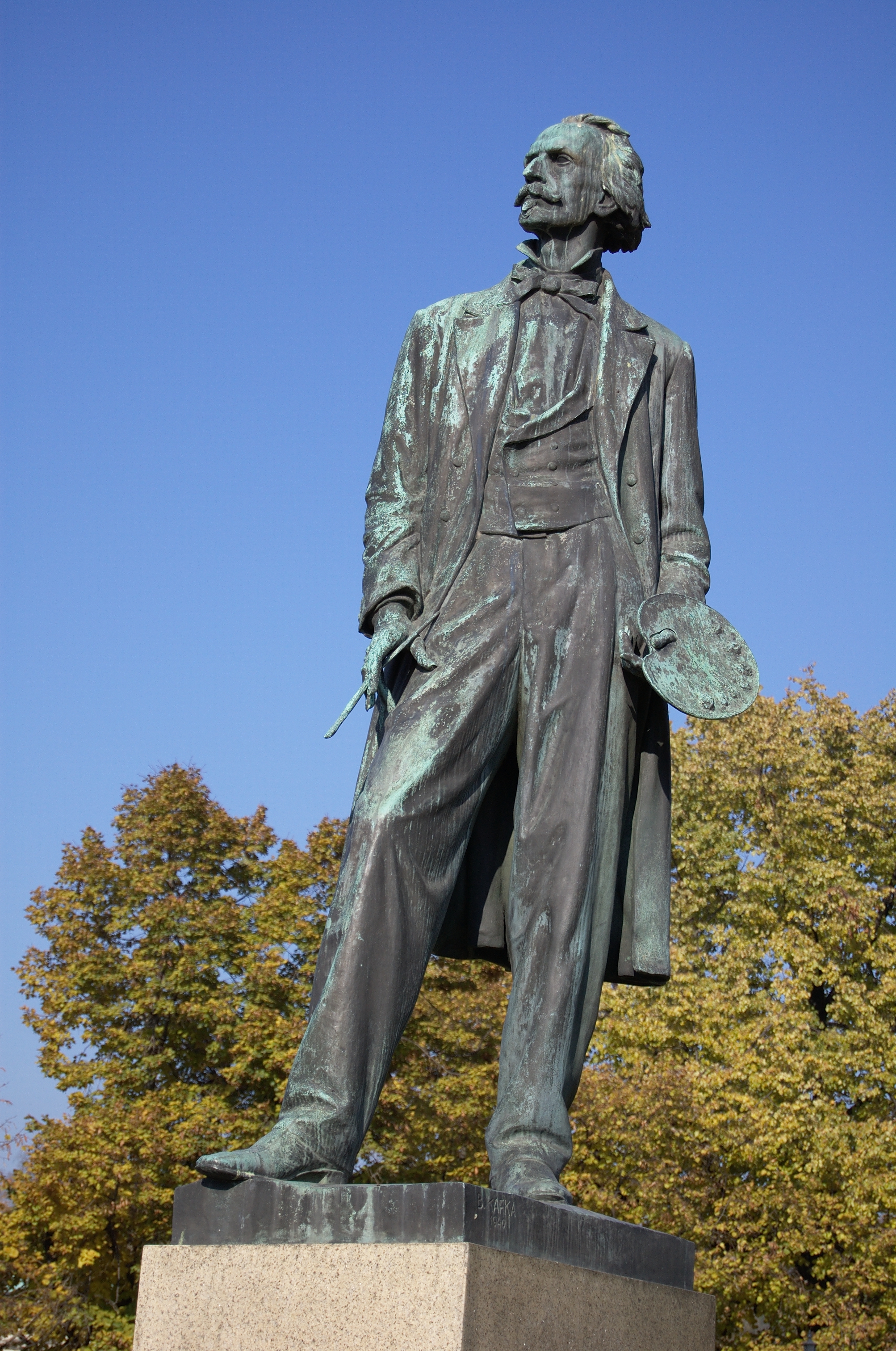We present today's piece thanks to Slovak National Museum - Museum of History. It can be seen in the Czech-Slovak / Slovak-Czech Exhibition 2018, a joint project of the Slovak National Museum in Bratislava and the National Museum in Prague, produced on the occasion of the 100th anniversary of the foundation of Czechoslovakia (1918-1992) in Central Europe.
Exhibits with an interesting backstory include a model of the statue of Milan Rastislav Štefánik (1880-1919)—a Slovak politician, diplomat, general in the armed forces of France, minister of war in the first Czechoslovak Government, pilot, astronomer and photographer. In the interwar period, the process of setting up monuments in the landscape was closely connected with increasing self-awareness of people’s statehood. M.R. Štefánik was one of the most significant Slovak political personalities. As early as from the 1920s, discussions were underway concerning the idea of building his monument for the city of Bratislava. The Czech sculptor Bohumil Kafka became the winner of the competition and was particularly based on traditional, monumentally perceived realism.
The monument of M.R. Štefánik referring to the Czechoslovak Legions featured a full-body, bronze statue of Štefánik; the politician was uniquely rendered in his airman’s dress although traditionally he was depicted wearing his French general’s uniform. Behind the statue, there used to be a monumental, reinforced concrete pylon on which a bronze lion held the Czechoslovak state emblem. The statue was torn down only in 1954 upon the order of Communist regime officials. Today, all that remain are a couple of reduced-size models that were made for donors and supporters of this monument implementation.
-Martina Vyskupová


 Bohumil Kafka
Bohumil Kafka